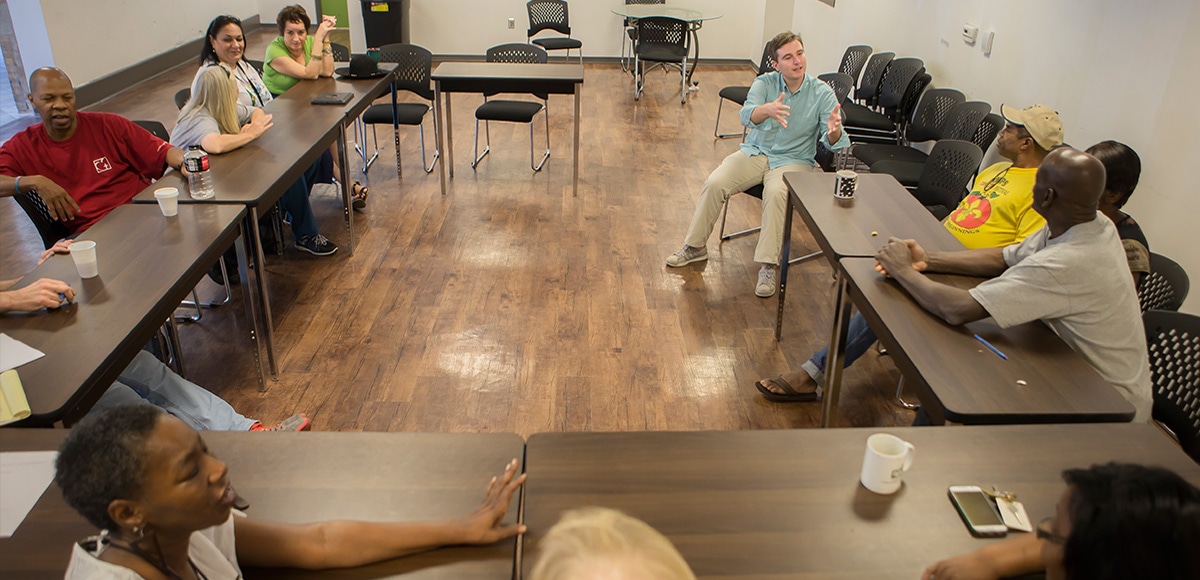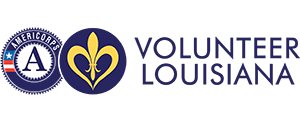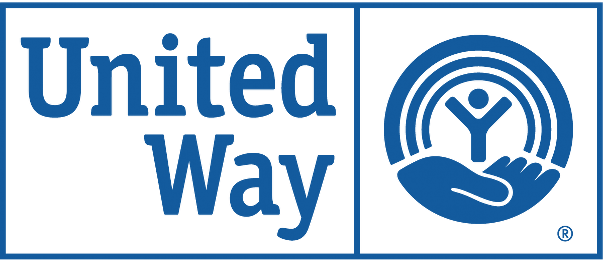September 12, 2017 – Christine Bordelon
Drug addiction and drug overdoses, especially involving opioids, are real and rampant in New Orleans. It’s a trend the Centers for Disease Control and Prevention has noticed since 1999, with opioid overdoses quadrupling and opioids now involved in more than six out of 10 drug overdoses.
To bring opioid addiction awareness to New Orleans, the nonprofit Greater New Orleans Drug Demand Reduction Coalition (NODDRC) is sponsoring the screening of “The Hungry Heart” documentary on Sept. 20 at 6:30 p.m. at St. Dominic Parish gym, 6326 Memphis St., New Orleans. Director Bess O’Brien will be part of a question-and-answer panel discussion after the screening, along with Raina Lowell, who is featured in the movie.
“We’re thrilled to bring the documentary to New Orleans,” said O’Brien, a filmmaker for 20-plus years. “It’s a very intimate look at opioid addiction, the day-to-day struggles people go through and into their recovery.”
O’Brien said the film follows the compassionate work of Dr. Fred Holmes, a pediatrician who after realizing many of his patients were addicted to drugs, began to work to help them and their families overcome their addiction.
Although not set in New Orleans, the documentary shows the effects drugs, including the recent proliferation of opioids, have on families.
“The film focuses on the human stories of people suffering from addiction,” O’Brien said. “It focuses on the whole family unit, not only the person struggling with addiction.”
The documentary’s focus on addiction attracted NODDRC, said Stephanie Haynes, NODDRC council president. It works parallel to NODDRC’s multi-faceted approach to reduce drug demand and usage by prevention and community awareness; promoting the health and safety of youth and families in the community and those dependent on alcohol and drugs through treatment; and the reduction of drug supply through enforcement.
“We are a policy-making group, looking at the big picture – a think tank – that promotes initiatives and programs, but we do a lot of research and promote policy initiatives at many levels,” Haynes said of the group she co-founded with Seton Jenkins in 2011 as an alternative way to address drug addiction in New Orleans.
Community Effort
Haynes says she has been working with various community groups, including the Archdiocese of New Orleans, to tackle the drug problem. Drug prevention (rather than intervention) and awareness is a strong concentration. So, bringing the documentary to New Orleans fits in well with NODDRC’s mission, she said.
“Our approach is centered on how do we bring drug problems down in Orleans Parish,” she said.
On NODDRC’s board is Tom Costanza, a Catholic Charities Archdiocese of New Orleans division director.
Costanza mentioned how several Catholic Charities’ programs coincide with the work that NODDRC is doing in drug prevention. Catholic Charities’ Isaiah 43 parenting and mentoring program strengthens and supports families by empowering them to resolve conflicts peacefully, have stronger communications skills and learn constructive discipline as well as offers youth leadership skills and mentoring. The Archdiocese’s Substance Abuse Ministry (now in six Catholic parishes archdiocese, including St. Dominic where the documentary is being screened) helps those battling drugs. Catholic Counseling Solutions is another program that through one-on-one counseling can help individuals suffering from a variety of issues, including addiction.
Costanza is happy to see the movie come to New Orleans.
“I think it will have an impact,” Costanza said. “It talks about how opioids can creep into a family through a child as early as 11-12 years old, and you don’t know it until it is too late. It really is powerful. This thing crosses all economic and racial boundaries. So, this screening is extremely important.”
Community Awareness
O’Brien said the film was originally shot in 2011-12. She, Dr. Holmes and several individuals featured in the film then presented it extensively in Vermont in 2013.
“We toured the film, and it was great,” O’Brien said. “We did a Q&A, and it really raised the consciousness of the opioid problem (in Vermont) due to the human story behind all the headlines.”
It prompted the then-governor to solely focus his January 2014 state of the state address on the opioid crisis in Vermont. This put Vermont and the opioid crisis in the spotlight, O’Brien said, and prompted requests for film showing nationwide.
“I think the film sparks a conversation and rids people of the stereotypes and stigmas around addiction,” O’Brien said. “It shows that addiction is a disease that needs to be treated like a disease and needs treatment, not just have individuals thrown in jail,” she said. “It’s there and can happen to anyone. People need help, not to be shunned. They need support.”
In the years since the documentary debuted, the opioid crisis has grown, O’Brien said. The documentary continues to show the power of drugs and how people addicted to prescription drugs or opioids need treatment and support.
“I think a lot of times we go into communities struggling with this issue and they don’t know what to do or where to start,” she said. “So, they hold meetings … bringing together a lot of constituents from the community (police, social service agencies, parents),” O’Brien said. The film launches community efforts.
Read the original Clarion Herald story.






